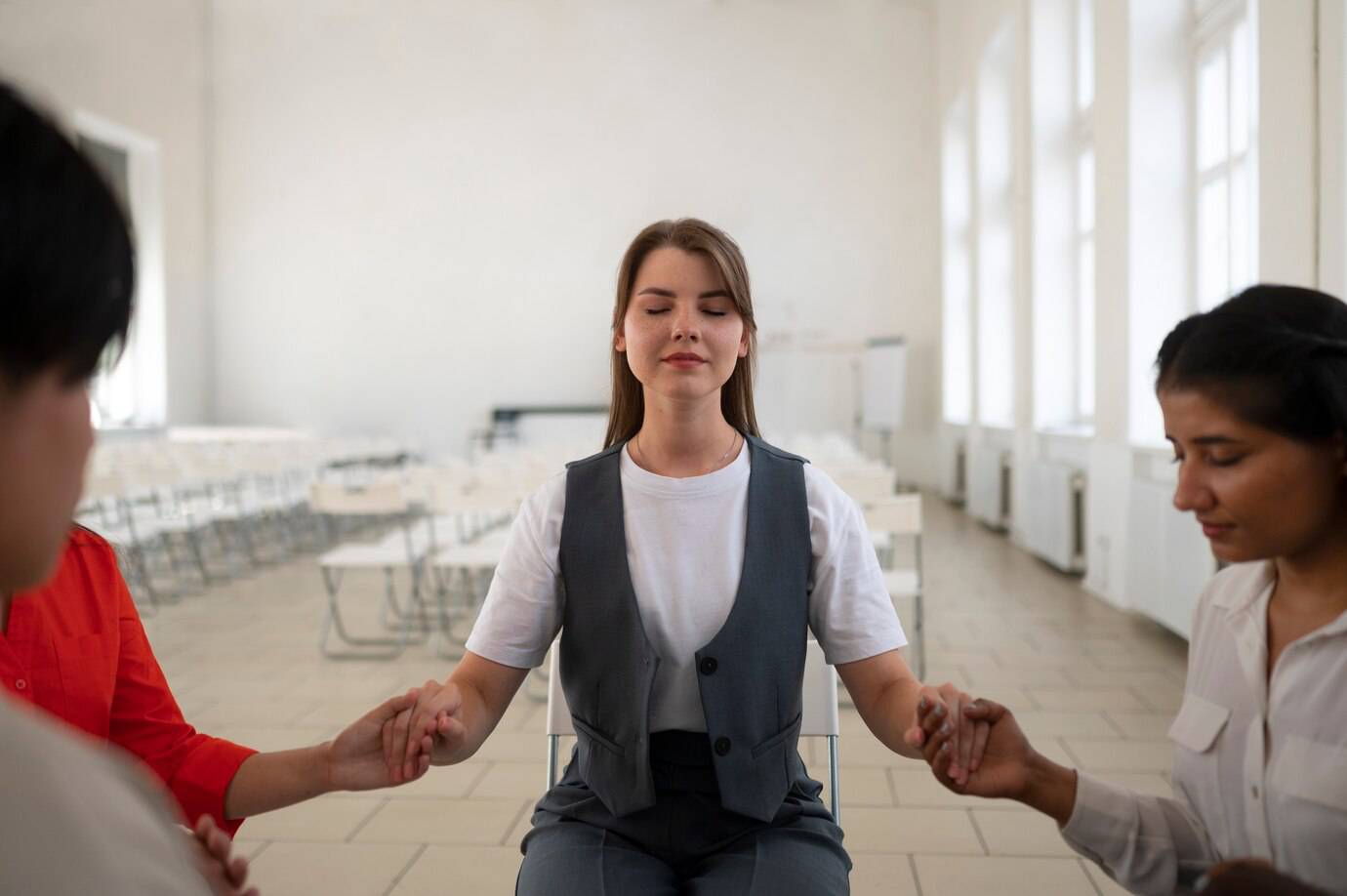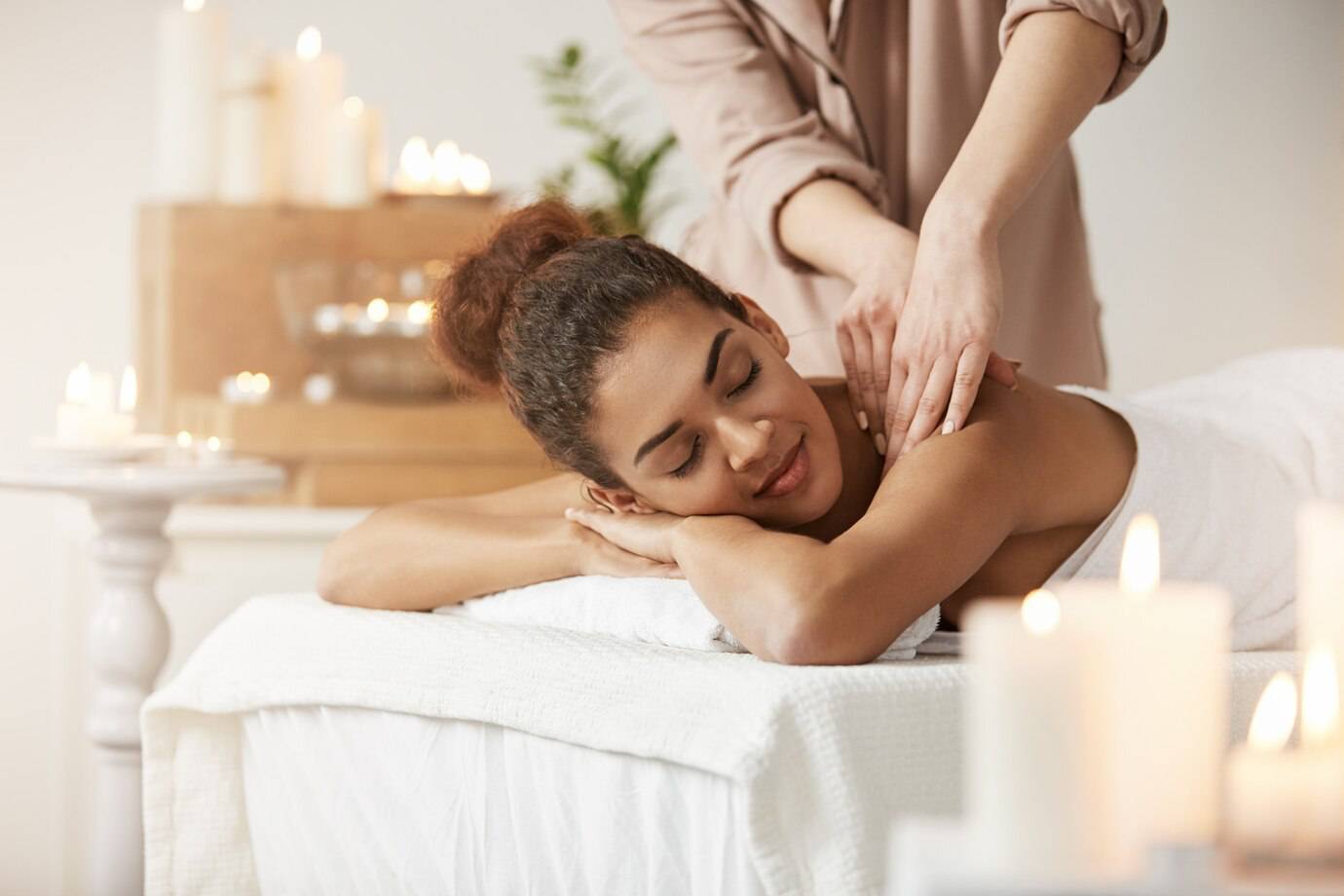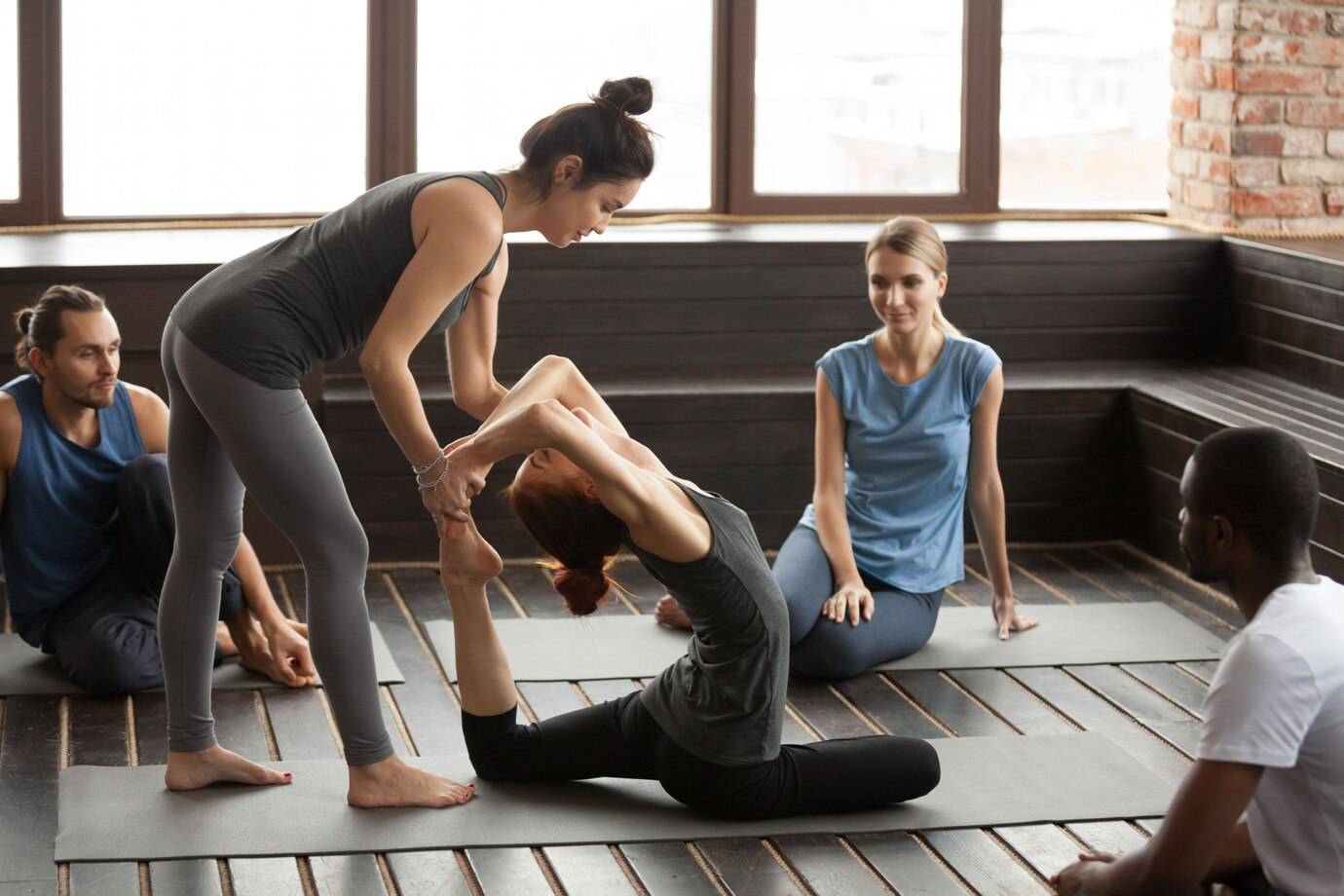
The Feldenkrais Method: Enhancing Movement Awareness
Have you ever noticed yourself moving awkwardly or holding tension without knowing it? Most of us go about our daily routines unaware of how our bodies truly function. Try the Feldenkrais Method. It’s a gentle practice that connects your mind and body. This method helps enhance movement therapy and boosts your body awareness.
This method isn’t just for dancers or athletes. If you’re healing from an injury, dealing with chronic pain, or just want to move better, Feldenkrais can help you find ease and efficiency in your movements. In this article, you’ll uncover what the method is, how it works, its surprising benefits, and how you can integrate it into your everyday life.
What Is the Feldenkrais Method?
The Philosophy Behind It
The Feldenkrais Method, named after its founder Moshe Feldenkrais, focuses on how awareness of movement can boost physical and mental performance. It taps into neuroplasticity—your brain’s ability to rewire itself—to break old movement habits and create healthier ones.
How It Works
Feldenkrais focuses on slow, mindful movements. These are typically done lying down, sitting, or standing, often with verbal guidance. Unlike traditional exercise, the goal isn’t to push your limits but to explore how you move. This shifts the focus from muscle to nervous system learning.
The Core Components
1. Awareness Through Movement (ATM)
These are structured group classes led by certified instructors. You listen to instructions to do gentle moves. These are meant to help you expand how you move.
Key characteristics:
- Non-strenuous
- Often performed lying on mats
- No mirrors or music — it’s all about internal experience
2. Functional Integration (FI)
This is a hands-on, one-on-one session tailored to your unique needs. The practitioner uses gentle touch to guide you in discovering new movement possibilities.
Functional Integration is especially useful for:
- Injury rehabilitation
- Posture re-education
- Chronic pain relief
Why Movement Awareness Matters
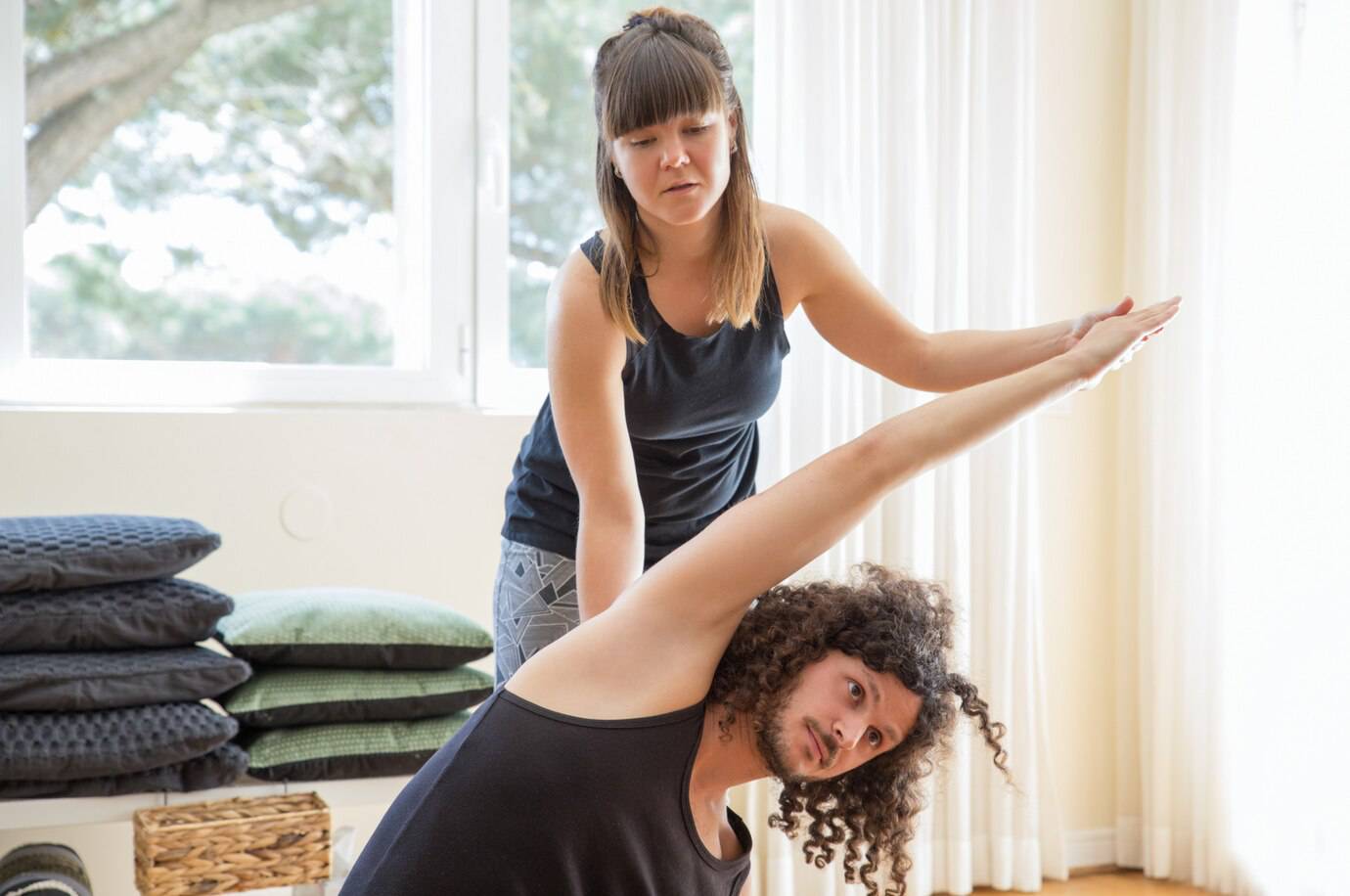
Modern Life and Movement Dysfunction
Our sedentary lifestyles and repetitive tasks lead to inefficient movement patterns. Over time, this causes:
- Muscular imbalances
- Joint stiffness
- Poor posture
- Reduced coordination
By becoming more aware of how you sit, stand, walk, or even breathe, you can change these patterns from the inside out.
The Brain-Body Connection
Feldenkrais teaches you to observe and feel how you move. This sensory feedback:
- Enhances body mapping in the brain
- Encourages relaxation of unnecessary tension
- Improves coordination and balance
Proven Benefits of the Feldenkrais Method
Physical Advantages
- Improved flexibility and mobility
- Reduced chronic pain, especially in the back, neck, and shoulders
- Enhanced posture and alignment
- Better balance and fall prevention in older adults
Mental & Emotional Gains
- Increased mindfulness
- Greater emotional resilience
- Relief from stress and anxiety
- Support for neurological conditions (e.g., stroke recovery, MS, cerebral palsy)
You can also explore related practices in Chakra Balancing Techniques for Emotional Well-being to deepen your self-awareness.
Success Story: From Stiff to Serene
Karen, a retired teacher, suffered from chronic hip pain. “After a few Feldenkrais classes, I stopped bracing myself every time I stood up. It was subtle, but something clicked.” Today, she gardens and walks without discomfort.
Feldenkrais vs. Other Bodywork Methods
| Method | Focus Area | Tools Used | Style |
| Feldenkrais | Nervous system and awareness | Verbal/Hands-on | Explorative, mindful |
| Yoga | Strength & flexibility | Poses & breath | Structured, spiritual |
| Pilates | Core stability | Apparatus/Mat | Precise, fitness-oriented |
| Alexander Technique | Posture & movement efficiency | Verbal cues | Educational, corrective |
Who Can Benefit?
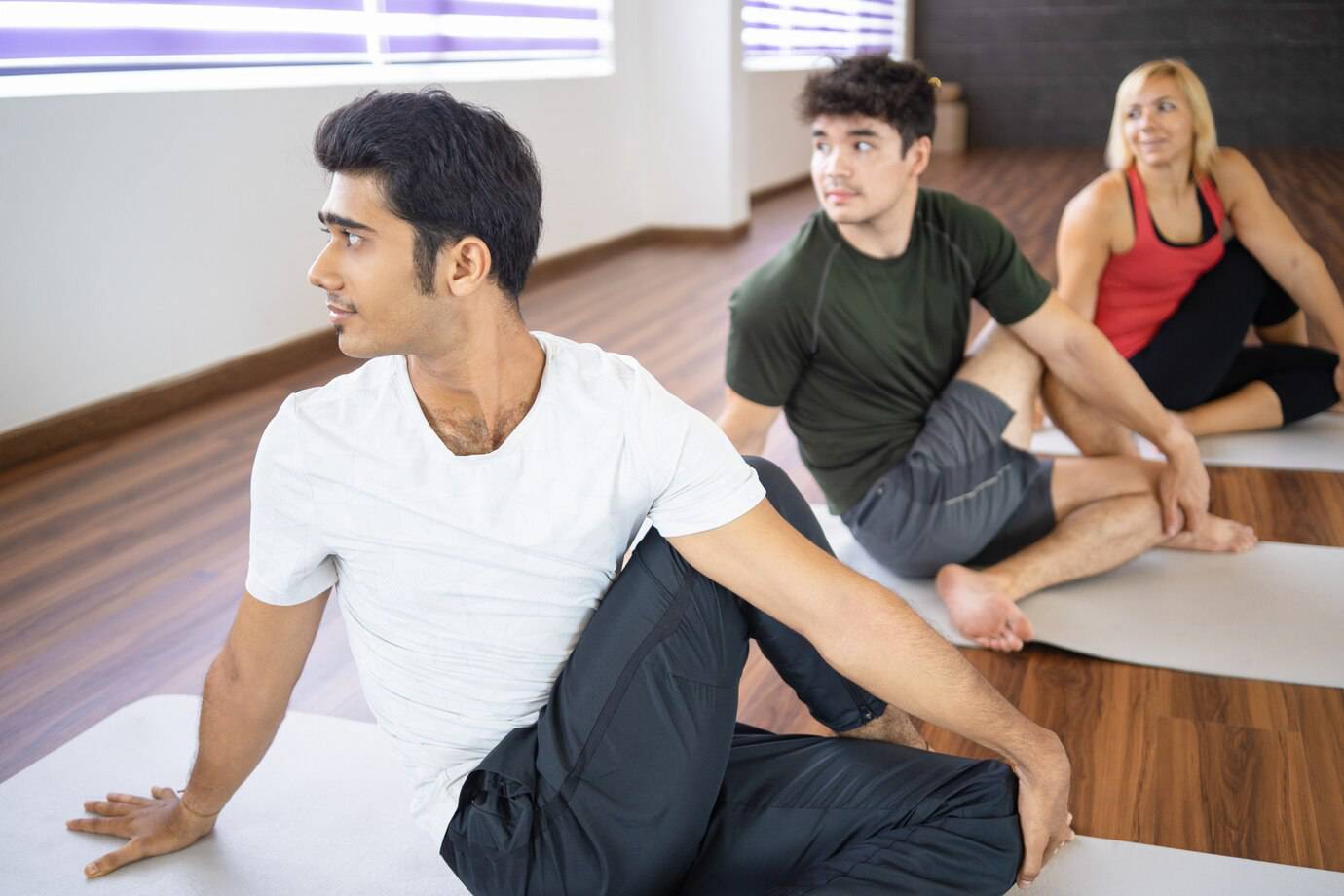
This method is accessible for virtually everyone:
- Office workers with posture issues
- Athletes seeking performance enhancement
- Seniors aiming for better mobility
- People recovering from surgery or injury
- Individuals with neurological disorders
Always consult with a qualified practitioner, especially if you have underlying health conditions.
What Happens in a Session?
Awareness Through Movement Class
- Usually 45–60 minutes
- Instructor guides you through sequences
- Emphasis on slow, thoughtful movement
Functional Integration Session
- Practitioner tailors the session to your movement needs
- Light touch, no manipulation
- Wear comfortable, non-restrictive clothing
Common post-session experiences:
- A sense of “lightness”
- Better range of motion
- Calmer mental state
Feldenkrais at Home
Getting Started
- Look for classes online or at local studios
- Try introductory videos from certified trainers
Simple ATM Exercise Example
Pelvic Clock (lying on your back):
- Imagine a clock on your pelvis
- Gently tilt your pelvis to different numbers
- Focus on the quality of movement, not intensity
Tips for Success
- Be curious, not judgmental
- Avoid pain — if it hurts, stop
- Use your breath to guide your pace
- Repeat regularly to reinforce neural learning
For added wellness, try pairing your sessions with a Natural Detox: Cleansing Your Body Safely plan.
Conclusion: Move Better, Live Better
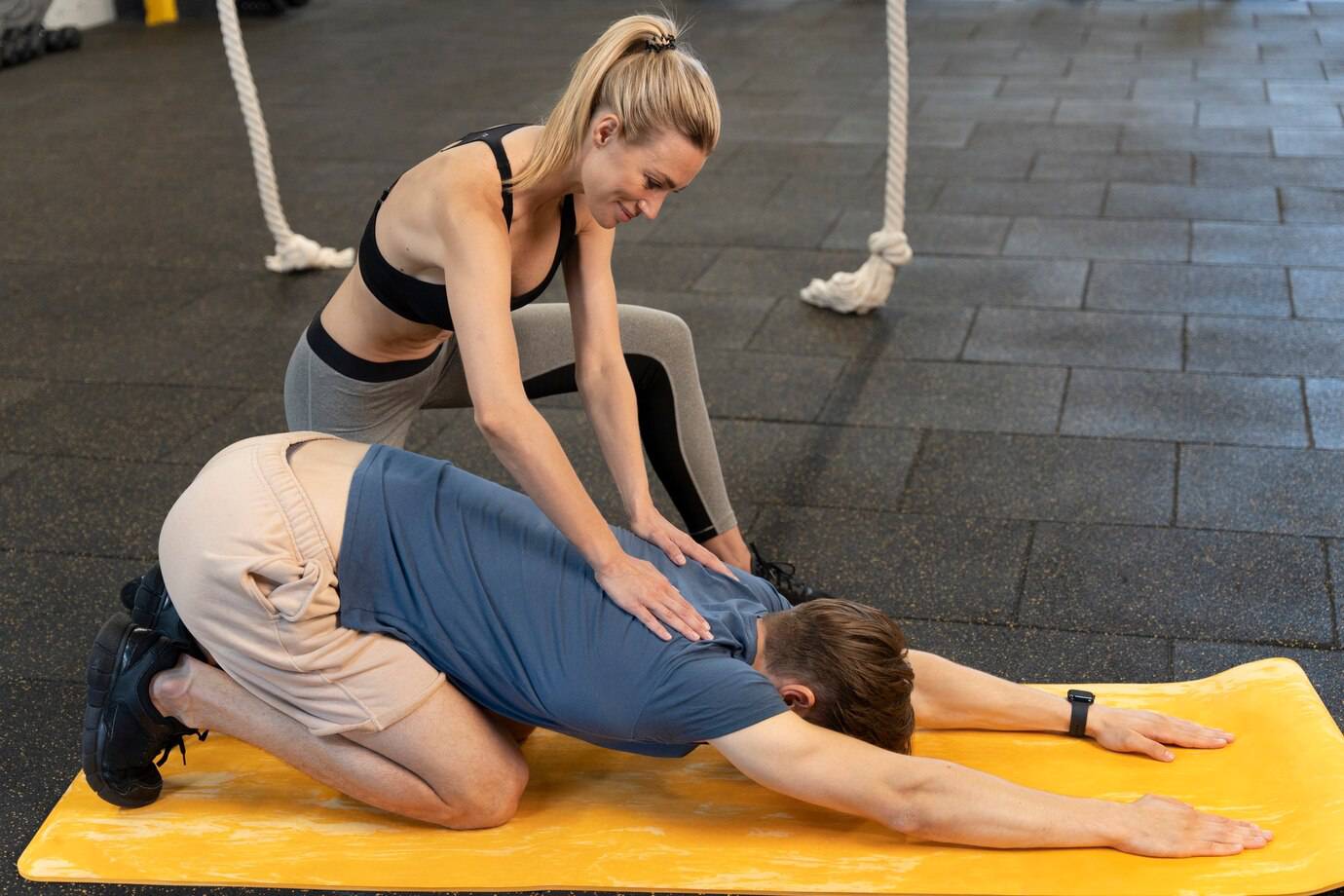
In a world that urges us to move more, the Feldenkrais Method gives a fresh choice: move with awareness. This practice asks you to focus instead of forcing your body into the same moves or positions. Notice small changes and find joy in movement. It’s about ease, not strain.
Improving your movement can lead to surprising benefits. You might sleep better, digest food more easily, feel less anxious, or have a more positive outlook. It’s not about pushing limits, but about creating new, more efficient pathways in both body and brain.
If you’re healing from an injury, dealing with chronic tension, or just curious about your body, the Feldenkrais Method offers a gentle and smart way to heal and grow. And because it’s accessible and adaptable, it can support people of all ages, abilities, and goals.
So if you’re ready to move through life with more freedom and confidence, start small. Lie down, listen, and explore. That first mindful movement might be the beginning of a whole new way of being.
Tried Feldenkrais or thinking about it? Share your experience in the comments or tag a friend who could benefit from moving with more ease. Awareness begins with a single step.

